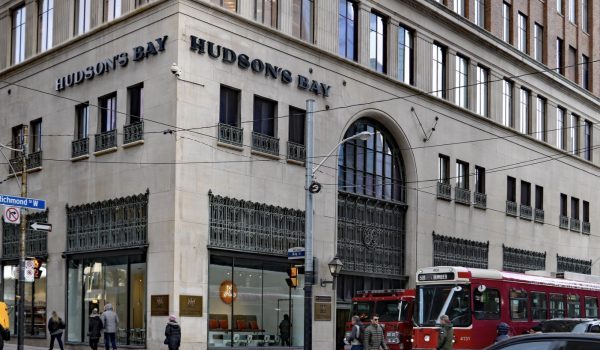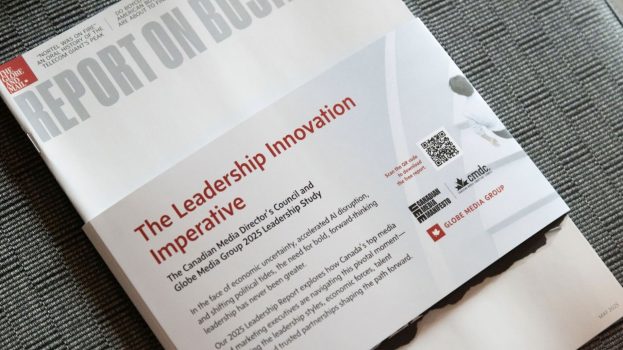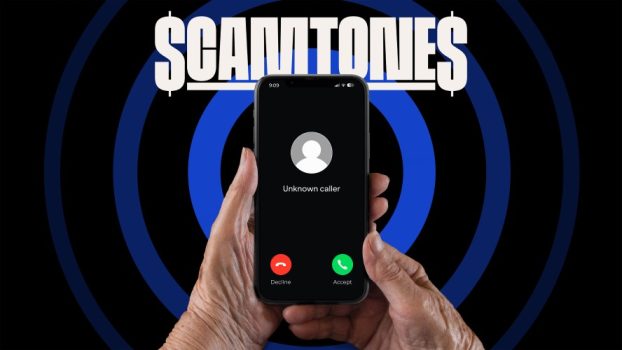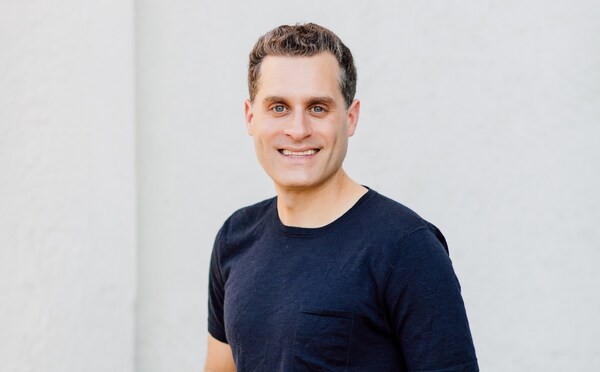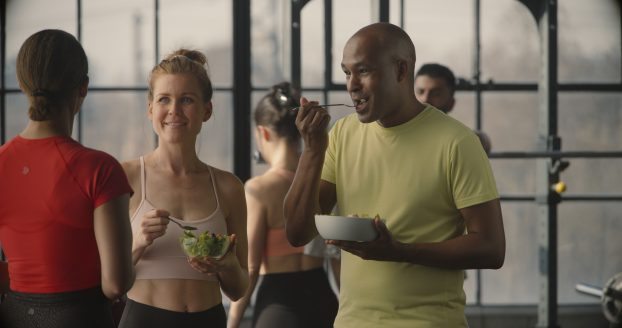Give any nine-year-old the choice of winning $1,000 in cash or the same sum in gold coins, and they’ll go for the pile of gold every time.
This, according to Ryan Mugford, senior marketing manager of kids’ and new ventures at Nabisco Canada, sums up the difference between creating promotions for the youth market and for adults.
‘Adults have had the opportunity to become more materialistic,’ Mugford says. ‘They have [a clearer] idea about stuff they’d like to win.’
The fact that kids haven’t yet become jaded makes it more fun to come up with rewards for them, but it doesn’t make it any easier to create promotions that will attract their interest.
In fact, it takes a good deal of creativity – and a lot of research into what makes kids tick – to design effective programs.
Mugford says Nabisco has consulted just about anyone with knowledge about kids – from marketers at YTV to child psychologists – in an effort to gain insight on marketing to youth.
From this research, he says, the company has learned that there are two key elements to any effective youth-targeted promotion: a sense of control, and an element of fantasy. ‘If you can offer kids those experiences, then you’re getting into a much deeper level of promotion.’
The craving for control isn’t that surprising, given that kids enjoy very little of this particular commodity on a day-to-day basis, Mugford says. Fantasy, meanwhile, is important for youngsters on the cusp of puberty, who no longer regard themselves entirely as kids and are beginning to think about what they’d like to be when they grow up.
Nabisco tries to tie elements of both fantasy and control into all of its youth-targeted promotions.
Last year, for example, the company partnered with YTV on a promotion designed to support the launch of its Snak Paks (individual-sized packages of such popular cookie and cracker snacks as Ritz Bits and Teddy Grahams). The prize? An appearance on YTV’s popular game show, The Uh-Oh Show. The cost of the reward was minimal, Mugford says, but the appeal was monumental.
Recently, in an effort to build on the success of Snak Paks, Nabisco introduced its new in-store kids’ section, Planet Snak. Again, the packaged goods manufacturer chose to collaborate with YTV on a promotion.
As a first step, YTV asked kids visiting its Web site (www.ytv.com) what their preferred prizes would be. Trips proved the number one fantasy, with Florida – proof that Disney’s reach extends far and wide – named as top destination.
To tie in a fantasy element, Nabisco worked with Universal Studios, which is preparing to open a new theme park in Florida called Islands of Adventure. The promotion, which features both in-store and online components, will offer kids the chance to be one of the very first visitors to Islands of Adventure. ‘It’s one thing to go to Disney World,’ Mugford says. ‘It’s another to be one of the first kids ever to go to a new theme park.’
It’s essential to aim for something out of the ordinary when designing a promotion for youngsters, says Hillary Firestone, vice-president, network marketing and promotions for Teletoon. ‘Reality is boring. We go for things that are unreal, unusual and exciting.’
Take, for example, Teletoon’s Great Toy Giveaway. The promotion, which takes place during the December holiday season with both on-air and online support, offers kids the chance to win $1,000 worth of toys. ‘That’s every child’s fantasy,’ Firestone says.
Last year’s Great Toy Giveaway was sponsored by Hasbro Canada (many of its products were featured in the promotion) and by Eaton’s, which carried in-store ballots. Firestone says this kind of partnering has become increasingly important to the development of promotional programs. In recent months, for example, Teletoon has partnered with Hostess Frito-Lay, Mattel Canada and Pillsbury Canada on promo efforts.
‘I think in the past everybody did their own thing and tried to compete for attention,’ she says. ‘Nowadays, we try to develop partnerships more than we used to. Kids are very busy and they’re always doing different things, so the more ways you can hit them, the better.’
Certain basic principles apply when developing promotions no matter what the age of the target audience, Firestone says. (‘In order to really excite somebody, you have to give them something that’s really meaningful to them.’) But marketers also have to be aware of some significant differences between children and adults.
Because grown-ups are more skeptical and practical, it takes a lot more to get them interested, she says. ‘Kids are much more accepting of promotions, [and] they’re easier to excite than adults. To a kid, $1,000 worth of something is unimaginable, whereas, to an adult, $1,000 is not as motivating.’
It’s also important to bear in mind that youngsters are constantly changing, Firestone says.
‘What you know today isn’t going to help you six months down the road. You have to constantly be in touch with them, finding out how they’re changing, how they’re evolving.’
Andrew Sneyd, Kraft Canada’s product manager for Kool-Aid, agrees.
The basic characteristics of the various age groups don’t change over time, he says, but the ways in which they are expressed do change, based on current trends.
Young boys, for example, invariably love to be collectors. But what they collect will change, depending on what’s hot at the moment. One year it will be Pog, the next year Furbys, the year after that an action figure series.
That’s why the Kool-Aid Get Stuff Program, launched back in the early 1980s, updates its ‘stuff’ each year. This year, for example, youngsters can redeem points for items that range from temporary tattoos to a tent.
There are so many offers out there today that it can be very difficult to stand out, Sneyd adds. ‘Promotions can be really big wins, or fall flat. You’ve got to make sure that you hit the bull’s-eye.’
‘Be where they are, and think out of the box,’ advises Susan Arthur, director of marketing for CHUM Specialty Television.
MuchMusic, CHUM’s prime youth property, develops approximately 30 promotions every year. One of the challenges, Arthur says, is coming up with programs that will appeal to the music station’s incredibly diverse audience, which encompasses everyone from rural metalheads to hip-hopping urbanites. That’s why every Much promotion involves some degree of aspirational marketing.
MuchMusic has its own card-based loyalty program, called MuchAXS. Cardholders enjoy discounts at Future Shop, and some also receive a weekly sampling of new music tailored to their particular tastes. The four-year-old program is due for expansion this summer.
The music station has also recently enjoyed success with its ‘Choose Your Tunes’ promotion, developed last year in partnership with Levi’s.
‘Choose Your Tunes’ invited MuchMusic viewers to pick the tracks that would appear on the station’s Big Shiny Tunes 3 CD. Participants could vote online, or fill out the ballots that were made available at retail stores and at the popular summer concert tour, EdgeFest.
Arthur says the promotion worked for Levi Strauss & Company (Canada) both directly (the ballots featured a discount on Levi’s merchandise, driving young people into stores) and indirectly (it helped revitalize the Levi’s brand by strengthening its association with music), and worked to MuchMusic’s advantage as well by creating advance interest in the Big Shiny Tunes release.
While music can be a great vehicle for connecting with kids, Arthur says marketers must show real commitment to it in order to reap the full benefit of music-related promotions.
‘Don’t just try it for a year and think that next year you’ll try something different,’ she says. ‘It’s a long-term proposition to build street cred and coolness.’
Also in this report:
– Spotlight on…Advertising to Kids p.27
– Social messages best couched in kids’ words: if you want to get through to youngsters, you’ve got to speak their language, say the experts p.31
– La Senza bypasses Moms with store for girls p.33
– Reebok scores with high-school tournament p.34


